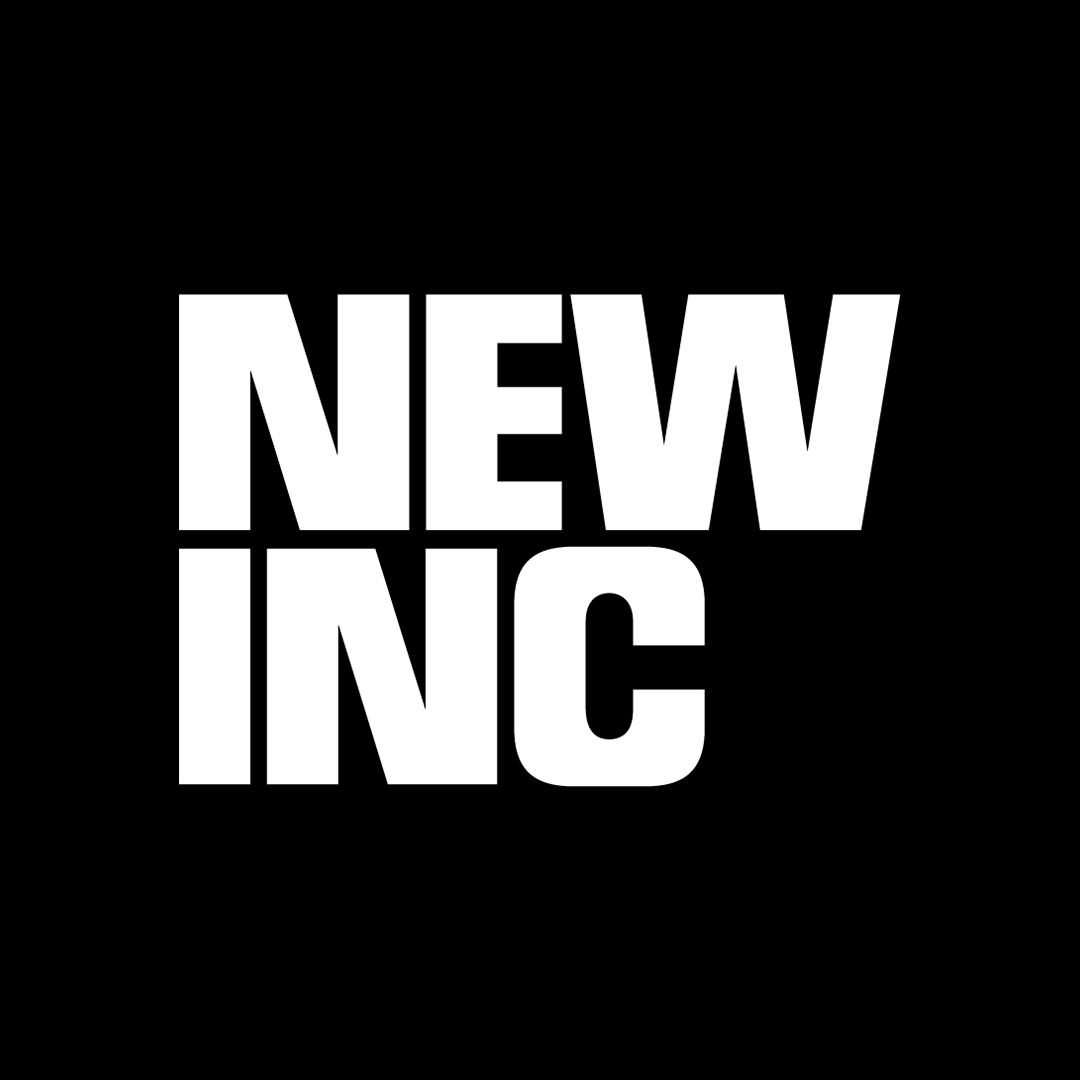The Future Of Collecting Art Is About To Go Public
Collecteurs is centralizing the world’s private art collections online.
Jessica Oralkan and Evrim Oralkan. Photo: Christoph Mack.
From Geneva to Harlem, millions of artworks by Modern masters and contemporary stars alike are stored in freeports, hidden from the public eye. Jessica and Evrim Oralkan, who also collect art, are on a mission to change that.
The pair have spent the past few years building a digital museum of-sorts called Collecteurs, which aims to “bring the world's private art collections out of the dark and into the light.” The Public Benefit Corporation currently hosts a curated ecosystem of collectors who have, invariably, agreed to share their holdings and to stir discussions around them online.
With over 250,000 followers on Instagram, a budding editorial service, and new features on the horizon, Collecteurs is quite a compelling digital space. By gathering works from art collectors onto its nimble platform, the team is creating opportunities for participants to showcase, archive, and discuss these art collections online.
In this interview for the NEW INC STREAM, Jessica and Evrim Oralkan share their thoughts and aspirations on what promises to be, in their words, “the most respected platform for collections.”
1. What's the general consensus on the project? Any recurring reservations? Unusual contingencies for membership? Or is the idea an all-around hit with the collecting crowd?
Jessica Oralkan: [W]e’ve found that there are two different types of collectors: one that buys purely for investment, and the other who truly understands the value of art within society. Some of the collectors that join our community, like Frédéric de Goldschmidt, see it as their duty to be custodians of these works for future generations. Along with the responsibility of safeguarding these works comes the responsibility of disseminating their message and ensuring that they are seen by as many people as possible.
Evrim Oralkan: Some of the world’s top collections have been in touch with us directly. There is significant demand from collectors in China and Europe. Collecteurs has already started incubating some of the major private museums of the future. We are also happy to announce that Eugenio Re Rebaudengo of Fondazione Sandretto Re Rebaudengo and Artuner, and Damian Bradfield, President of WeTransfer, have recently joined our advisory board.
2. Security must be an issue, namely in the case of objects that reside in free ports and storage facilities.
EO: Understandably, security is the first issue that comes to mind. As collectors [ourselves], we knew this would be the case and we prepared for it. With our Integrated Privacy feature, collectors are given the option of keeping artworks private, sharing it with our vetted community, or sharing it with the general public. Members also have the ability to share artworks anonymously. In addition, our Off-the-Record feature provides military-grade encryption for collectors. With this groundbreaking technology, even we can’t access sensitive data, which stores information such as price, location, and sales data. This feature is a big hit with our community as it makes our members feel more at ease.
3. Your service operates on multiple tiers. Can you describe this system in more detail?
JO: Our platform is open to the public, meaning anyone can browse it at any time without having an account. For people who would like to join, we have a vetted community and a candidates community. Our vetted members are some of the world’s most respected collectors or they are on a path to becoming one. The candidates community is passionate about learning how to collect and our platform offers an environment for them to achieve that. We curate artworks from both communities and present them in a magazine format.
Screenshot of collecteurs.com.
4. Do you plan on opening this up as a curatorial resource for galleries or museums?
JO: We aim to become the online library of private collections, and our soon-to-be-released curator accounts will give some curators access to our platform so that they can browse works for important institutional exhibitions.
5. What does Collecteurs 2.0 look like? Would it be more of the same, or is there a bigger vision waiting in the wings?
EO: We will continue to improve on what is essential while offering every member collection management solutions that are free and easy to use. In addition to our collection management system, we will also introduce artwork record transfers between galleries, artists, and collectors. Our aim is to make Collecteurs the new standard for artwork record storage and transfers. After the transfer, the artwork will be catalogued in the buyer’s collection in an effortless manner. The interaction between our members is growing and they are asking us to implement some exciting new features that I cannot disclose just yet.
EO: Currently, we are going through the exciting process of combining our platform with our magazine, which has taken on a life of its own through exclusive interviews with Johann König, Kenny Schachter, Charles Riva, Hans Waege and Alain Servais. We’ve published some strong editorial content that question the status quo in the art world today.
EO: Our capsule editions have been quite successful at providing collectors and the general public with access to unique artworks. Previous editions by Jonathan Monk, Peles Empire, Max Frintrop, and Jana Schröder have all sold-out. The upcoming Capsule Editions feature original works by Claudia Comte, Haroon Mirza, Matthew Day Jackson, David Noonan, Gardar Eide Einarsson, Martin Soto-Climent, Jonathan Binet, Egan Frantz, and Anne Neukamp. Each capsule edition also includes an in-depth interview and an exclusive photoshoot to document the artist’s practice by accomplished photographers.
Author: Mebrak Tareke
Editor: Rain Embuscado


